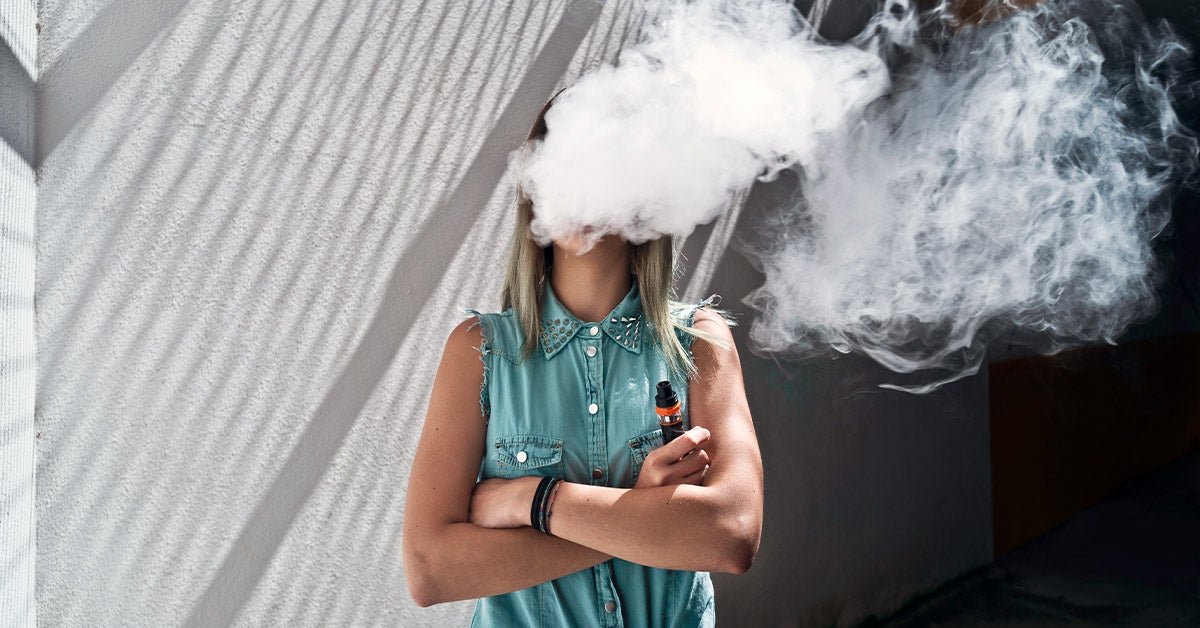
Choose a device with lower power and temperature Cutting out nicotine altogether will minimize the risk of nicotine-related side effects for you and others. Try to taper your nicotine dose gradually if you’re using vaping to help you quit traditional cigarettes. The less nicotine in your vape products, the better for you and everyone around you. Stick to low- or no-nicotine vape products Some of these chemicals have also been found in secondhand vape aerosol. Skip flavored vape juicesĬhemicals used to add flavor to vape juices have been implicated as possible causes of serious and permanent lung damage in people who vape. Infants and children, pregnant people, and those with allergies and lung conditions have a higher risk for adverse effects from exposure to secondhand vape aerosol. Don’t vape around children or other high-risk people This keeps the air and surfaces inside free of the harmful components, so others don’t inhale or come into contact with them on surfaces. But we get that quitting isn’t easy and not necessarily realistic for everyone.Įven if you’re not ready to quit, there are things you can do to help minimize the risk to others. If you’re worried about how your vaping affects others, the most effective way to protect them is to quit vaping. Impaired cilia function has been linked to chronic lung conditions like asthma and COPD.įor someone who already has a lung condition, exposure to secondhand vape aerosol can trigger symptoms and asthma attacks, and worsen the condition.īased on the results of the 2018 Annual Asthma Survey by the Asthma UK and British Lung Foundation Partnership, 14 percent of people with asthma reported that vaping or exposure to secondhand vape triggered their asthma symptoms.


Secondhand vape aerosol contains flavorings, such as diacetyl, a chemical that may impair the function of cilia in the airway.Ĭilia help keep the airway clear of mucus and dirt so you can breathe.

This goes for exposure to nicotine in vape aerosol, too.Īnimal and human studies, notes that 2017 study, have found that fetal nicotine exposure can have adverse effects, including: We’ve known for a long time that nicotine exposure during pregnancy is risky. Vape aerosols pose an especially high risk for infants and children because of their lower body weight and developing respiratory systems.Īccording to a 2017 study, being exposed to even low concentrations of the components of vape aerosol can affect brain and lung development. Secondhand vape aerosol affects everyone, but certain groups may have a higher risk for negative health effects.


 0 kommentar(er)
0 kommentar(er)
